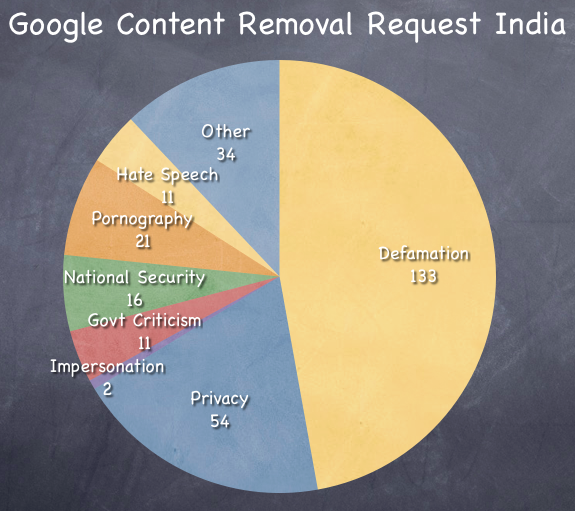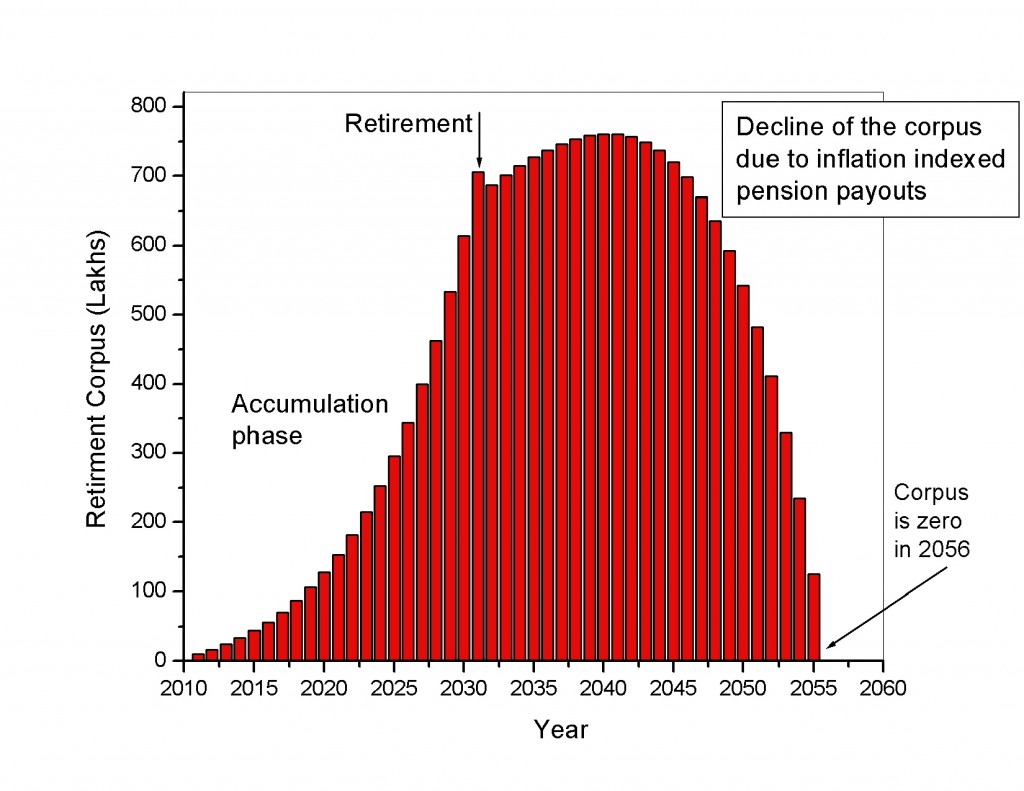Shriram Transport Finance NCD was over-subscribed on the first day itself, and Business Standard reports that there is a lot of gray market activity on this NCD, much like there was on the SBI bond issue.
India Infoline reports that the issue is closed for subscription already.
I’m unable to find the official press release, so if you know about it please share a link and I’ll include that in the article.
That said, there are three points I’d like to make about this over-subscription.
1. Don’t regret it if you’ve missed the issue: Shriram Transport Finance was offering a good interest rate, but it was not a crazy good lucrative rate because there are several banks that are offering fairly good deals on their fixed deposits. Here are some of the higher ones.
- Lakshmi Vilas Bank: 10.50% for deposits between 1 year and 2 years.
- Tamil Nadu Mercantile Bank: 10% for a deposit between 5 and 10 years.
- Karur Vysysa Bank: 10% for 1 – 2 year deposit.
These are just three banks that come to my mind, and I plan to update my high interest rate FD page very soon, and will do a comprehensive post after that.
If you think about the amount you were going to invest in this NCD, and think of the difference in interest you will earn between these fixed deposits and the NCD, then that’s probably not much.
So, I’d say don’t regret this too much, and definitely don’t get suckered into thinking that you should invest on the first day of the next NCD that’s announced.
2. Buying from the open market is not the same as subscribing to it here: There was a question a couple of days ago about the difference between buying this NCD from the stock exchange versus subscribing to it in the open offer.
First of all, you don’t even know whether you will get to buy it from the stock exchange or not as the volumes in the bond segment are quite low right now. I was looking at a BSE report that showed that the highest volume were on SBI bonds and the daily trading volume for them was just around Rs. 90 lakhs, which is pittance compared to equity.
Secondly, you will not get the bonds at face value, you will probably have to pay extra, and in all likelihood that will negate whatever extra you earn by way of a higher interest rate.
3. There will be other NCDs: The retail debt market is picking up in India, and we should see more such issues from other companies in the future. Who knows, you might even get a higher interest rate from a company that’s on better financial footing.
Conclusion
I’m tempted to restate some of things I said when I learned about the SBI bond gray market, but I don’t want to repeat myself, so I’d just say that personally I wouldn’t get too charmed by promises of listing gains from these bond issues, and if you want to read more then you can always look at my old post gray market returns and annualizing them.


